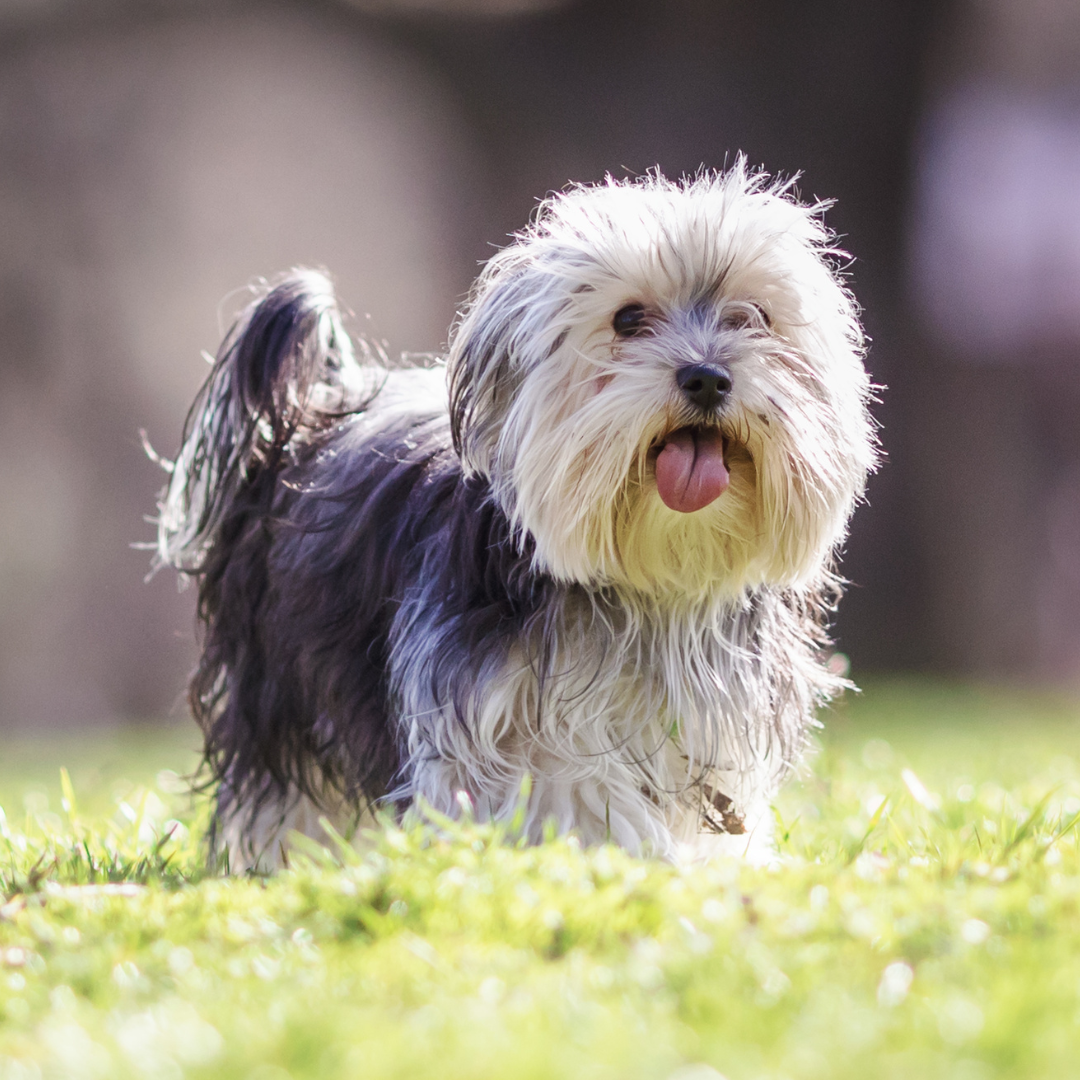The Patient
Rascal, a 10 year old male neutered Yorkie mix, came to see me because his owners noticed that he was drinking more water than usual and was also acting more hungry than usual. He was trying to get into the trash and stealing food off the table, which he had never done before. He was also urinating more and asking to go outside more frequently.
The Case
On physical examination, he was bright and alert, had gained 1 pound since his last exam, had mild dental disease, had a mildly distended abdomen that was non-painful, and his skin on his belly seemed a little thin with prominent blood vessels visible. Increased thirst and urination are two very common symptoms of a variety of diseases in older dogs. It can be something as simple as a urinary tract infection up to something as serious as diabetes. I recommended doing a senior blood and urine panel as the first step in making the diagnosis. The following day, his results were back from the laboratory. His liver enzymes were elevated (the ALKP in particular) but his blood sugar was normal so no diabetes. His kidney values were also normal. His urine was dilute but did not show signs of an infection. At this point, my top differential was a disease called Cushing's disease. Cushing's disease, also known as hyperadrenocorticism, is an endocrine (hormone) disease where too much cortisol (steroid) is produced by the adrenal glands in the abdomen. There are two adrenal glands that live next to the kidneys which are responsible for producing many different hormones in the body. In Cushing's disease it is only the cortisol that is overproduced. There are also two forms of Cushing's disease: one called Pituitary Dependent where the pituitary gland in the brain is sending too much stimulating hormone to the adrenal gland telling it to "make more steroids, make more steroids, make more steroids" and one called Adrenal Dependent where the adrenal gland itself has a tumor that is making too many steroids. In Rascal's case, I needed to do some further testing to determine if he really had this disease.

The Treatment Plan
First, I recommended an additional test called an ACTH stimulation test which measures the level of cortisol in his blood at rest and then also when we give him an injection to stimulate him to make even more. In dogs with Cushing's disease, these values are typically very high. Rascal's labwork indicated he did have Cushing's disease. Now I needed to figure out which type he had as the treatment is different for both types. I recommended an abdominal ultrasound to look at his adrenal glands and measure their size. Sure enough, both of his adrenal glands were enlarged indicating he had Pituitary Dependent Cushing's disease. This means that both glands are getting over stimulated but the pituitary gland in the brain. If one was very large and one was very small, this would indicate Adrenal Dependent Cushing's disease. I started Rascal on a medication called trilostane which blocks/inhibits the production of cortisol in the body.
The Outcome
Rascal needed regular follow-ups to ensure his medication was working properly and to help me know what dose he needed. Thankfully, Rascal responded almost immediately to the medication and his clinical signs resolved in just a few weeks. He will need to stay on Trilostane for life but dogs with Cushing's disease can live for many years with appropriate treatment. If you notice changes in your pet's thirst or urination, be sure to schedule an appointment with your vet right away.
The Drake Center for Veterinary Care is an AAHA-accredited animal hospital located in Encinitas, CA. The Drake Center loves being a source of information for all pet owners across the country; however, if you have any questions regarding pet care and do not live in Encinitas, CA or surrounding cities, we encourage you to contact your local veterinarian.
